14 Courses

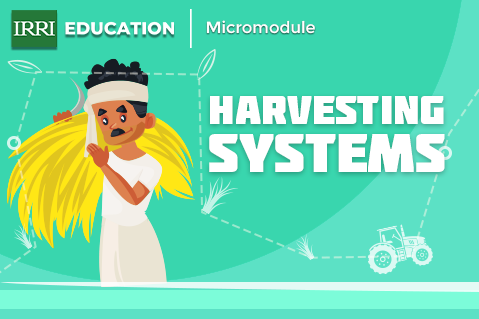
Postharvest Operations
Harvesting System
Harvesting is the process of collecting mature rice crops from the field. Harvesting consists of different harvesting operations like cutting, threshing, cleaning, hauling, bagging, and optionally field drying and stacking or piling.
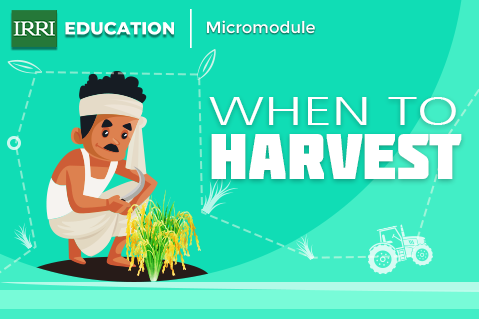
Postharvest Operations
When to Harvest
Correct timing of harvest is crucial to prevent crop loss. Grain losses may occur from rats, birds, crop lodging, insects, and shattering. Timely harvesting ensures good grain quality and high market value.

Postharvest Operations
Threshing
Explore threshing – separating grain from straw. Discover diverse methods, types, and essential guidelines for proper threshing.
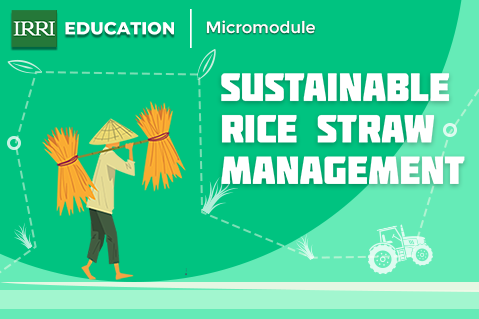
Postharvest Operations
Sustainable Rice Straw Management Micromodule
Managing rice straw remains a challenge in Asia, where more rice, and hence, more straw, is grown each year to meet rising demand. After harvest operations, it's not feasible for farmers to collect and manage the straw in the field manually.
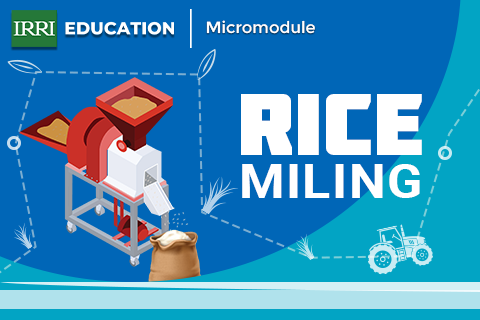
Postharvest Operations
Rice Milling
A vital post-rice production stage, milling removes husk for brown rice or both husk and bran for white rice, aiming for well-milled, impurity-free, edible kernels.
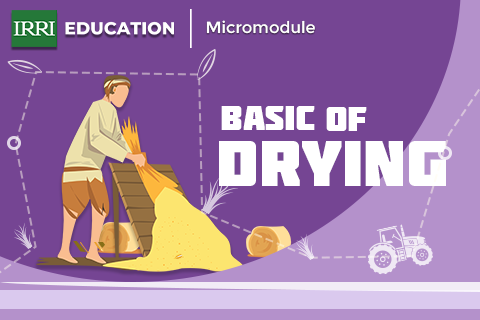
Postharvest Operations
Basics of Drying
Drying practices can have a big impact on the quality of seeds or grain. Thus, it is important to understand some fundamentals of grain drying.
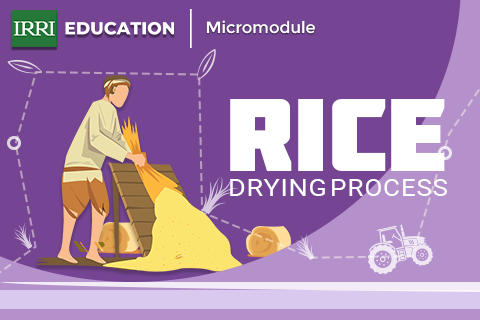
Postharvest Operations
The Drying Process
Drying practices can have a big impact on the quality of seeds or grain. Thus, it is important to understand some fundamentals of grain drying.
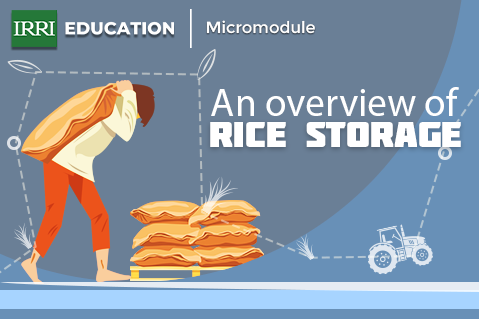
Postharvest Operations
Overview of Rice Storage
The purpose of any grain storage facility is to prevent grain loss from weather, moisture, rodents, birds, insects, and microorganisms. Rice storage facilities take many forms depending on the quantity of grain to be stored.
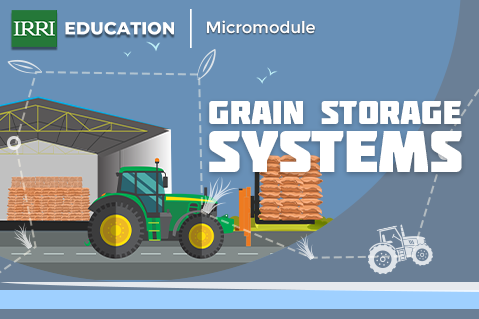
Postharvest Operations
Grain Storage Systems
Rice storage facilities take many forms depending on the quantity of grain to be stored, the purpose of storage, and the location of the store.
Storage systems can be through bags, bulk, or hermetic containers.
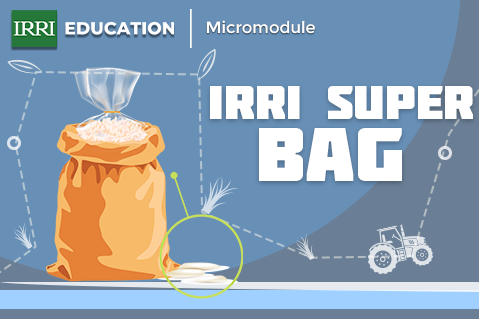
Postharvest Operations
IRRI Super Bag
The IRRI Super Bag is a farmer-friendly storage bag that allows cereal grains and other crops (e.g., maize or coffee) to be safely stored for extended periods. The Super Bag fits as a liner inside existing storage bags (e.g., woven polypropylene or jute bags).
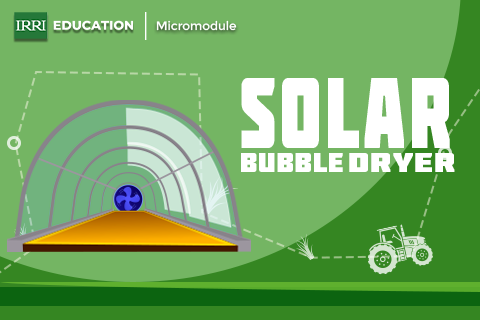
Postharvest Operations
Solar Bubble Dryer
The drying process includes moisture removal, monitoring drying periods, increasing drying rate, uniform drying, and tempering.
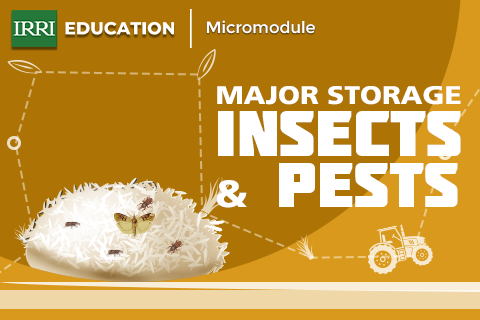
Postharvest Operations
Major Storage Pests in Rice
Rice storage pests include insects, pathogens, rodents and birds. These pests cause losses through a combination of feeding, spoiling and contamination of both paddy and milled grain.

Postharvest Operations
Rodents in Storage
This micromodule focuses on the issues related to the management of rodents in the storage of rice. Rodents are destructive organisms that can harm stored grains in various ways.
